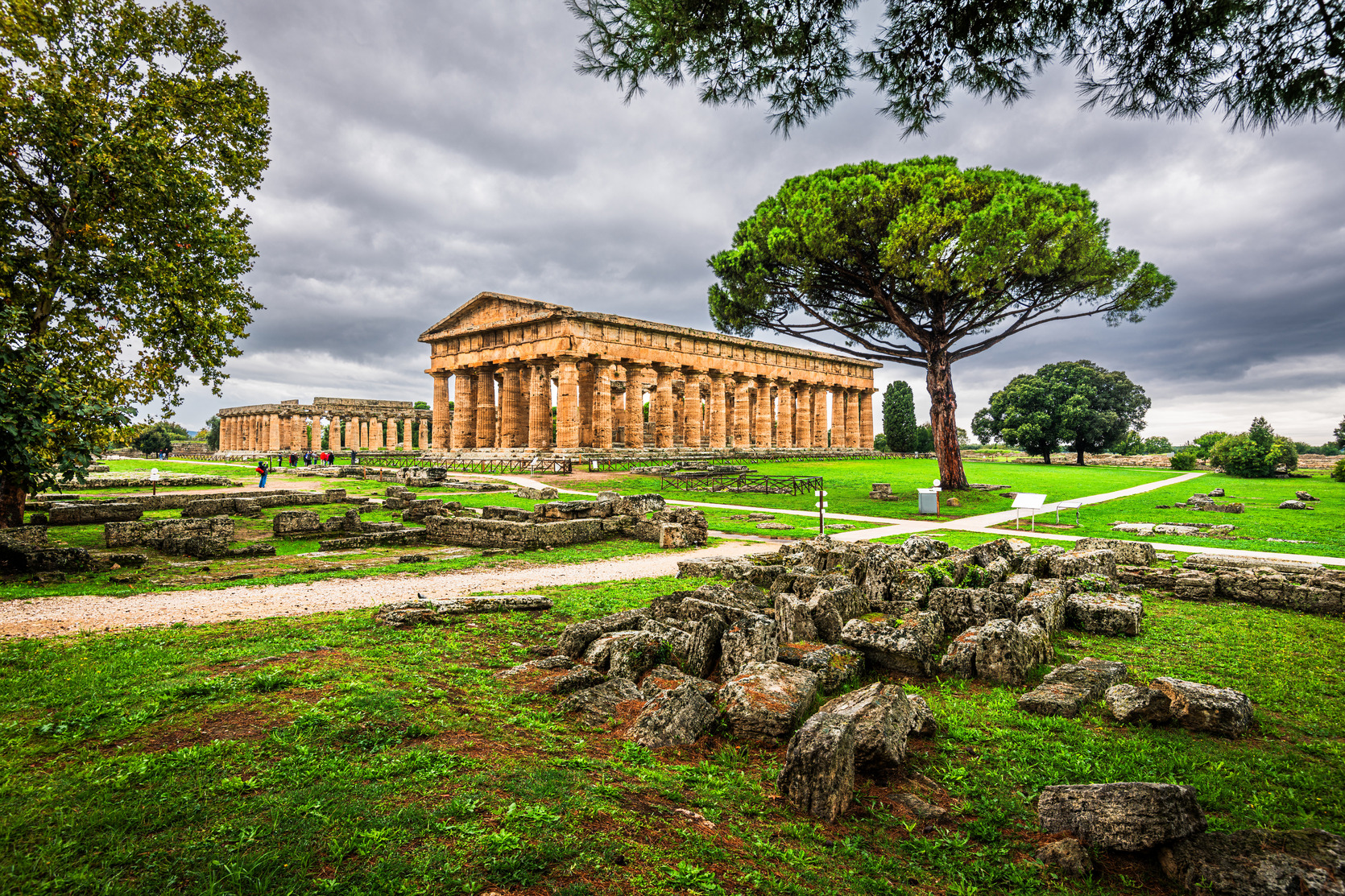Recently, while commuting to work in New York City and walking through another snow pile of slush and ice in temperatures not above twenty degrees Fahrenheit, I found myself daydreaming about the warm and tranquil summers I would spend in Italy.
Attempting to escape from my winter blues of frigid temperatures and snow dunes, I forced my mind to recall images of basking in the warm sunlight surrounded by Cypress and Mediterranean pine trees.
As the day progressed, I heard yet again about another snowstorm brewing and paralyzing the Northeast region. My mind raced and focused once again at my blissful summers in Italy and this time I thought about its serene beaches.
Whenever I spent summers in Italy, one of my stops was always traveling with a few friends to the beaches of Gaeta, a coastal city near Rome, where my friends from Scauri, (another beach town near the Lazio region) and I were always interested in exploring the beaches as well as the sizzling nightlife that Gaeta offered to locals and tourists alike.
Since we frequented a particular bar/restaurant in Gaeta, I became aware of an American abstract artist, Cy Twombly (pronounced twahm-blee). Edwin Parker Cy Twombly, Jr. lived in Gaeta and Rome from 1957 up until his death in 2011. I had never heard of the artist until a waiter from our usual spot in Gaeta found out we were Italian Americans. He was excited to tell us about a well known American artist who lived close by the locale.
Whenever we visited Gaeta we would go to our favorite restaurant for food and wine, and the same waiter would always remind us about how he saw the American artist along the main road. Needless to say, I had forgotten about Cy Twombly until this past year.
Between snowstorms, and wind chills of minus ten degrees Fahrenheit, I had the privilege in being invited to a professional workshop at the Frick Museum. The event was sponsored by The Academy for Teachers, an organization created several years ago by author Sam Swope. The purpose of the organization is to invite teachers from various educational institutions and offer different workshops led by individuals who are experts in their respective fields. The workshops have been led by distinguished experts such as Harvard Professor Henry Louis Gates Jr., Gloria Steinem, as well as Nobel Laureates.
My workshop was held at the renowned museum, and purposely organized on a day when the Frick Collection is closed to the public, leaving me with an unusual swagger as I walked up the steps of the museum’s entrance. It was a nice transition from my fantasy summer excursions I was having in my mind but unbeknownst to me I was about to be reunited (of course not literally) with Cy Twombly and my Italian summers.
Our workshop was titled, Learning by Looking: A Day at the Frick and was led by Rika Burnham, the head of the Frick’s Education Department. The goal of our workshop was to spend a few hours viewing two masterpieces from the collection and as organizer Sam Swope indicated after each viewing “let’s reflect upon and deconstruct this sustained, collective engagement, and explore ways in which the process can deepen classroom practice in any subject area and across grade levels.”
I thought, now I could really think about something more meaningful and interesting than dwelling on the cold weather, I mean that’s winter, right? The first masterpiece we viewed was Giovanni Bellini’s, St Francis of Assisi (sometimes referred to St. Francis in Ecstasy) and the next artistic piece was Cy Twombly, Chalkboard.
Yes, the same Cy Twombly who I became aware of while visiting Gaeta more than a decade ago. We were asked to examine the two paintings and discuss our observations/inferences. In the beginning I thought, comparing the works of these two artists is like comparing a butterfly and an elephant.
Giovanni Bellini represents that typical post-Giorgione Renaissance style artist, whose magical strokes of light and dark colors gives life to its religious figures and settings. In contrast, Cy Twombly’s technique as an abstract painter, at least the initial reaction of a lay person is, it is similar to a two-year old child with a crayola crayon or chalk, whose lines are endless contours that have been scribbled on a canvas.
Cy Twombly decided to leave the United States in 1957 because he wanted to be closer to the classical styles of Ancient Rome and the Renaissance period. After his death one art critic mentioned that “He was deeply alive to the lessons of Roman and Renaissance art. What he wanted to do was give form to the inner states of humankind, just as the ancient masters had represented our outer ones.” Italy became his adopted country and he became part of the Piazza del Popolo School of young artists of the time, started by Plinio De Martiis who opened La Tartaruga Gallery in Rome in 1954.
Even though I was aware of Cy Twombly, I do not recollect ever seeing his art before my professional workshop. My first reaction of Chalkboard, was that it had no appeal and it did not capture my interest as it had for some in the group. I was accustomed to being in awe and drawn to Bellini’s works of art and so many other artists in his era. At the same time, I wanted to know more about Cy’s piece because of my loose connection to the artist.
After viewing both Bellini’s piece and later Chalkboard, we were asked to discuss in small groups anything about the art works. Almost immediately a woman in my group expressed how the Twombly piece, Chalkboard not only “spoke to her” but she reacted similar to Meg Ryan’s character in When Harry Met Sally, the scene where she is sitting at a table in Katz Deli, moaning and groaning with excitement. I thought, I must have missed something or she is clearly overreacting.
I must admit, I wanted to feel something internally (maybe not like the lady) but did not until a spark was ignited in me by another educator who commented about Twombly, “His art is like Hemingway’s writing—it appears to be so simple and yet there is a subtext that has profound meaning and is difficult to duplicate.”
Suddenly the epiphany arrived, in that I realized an invaluable lesson. As an educator, we are required to remove our own bias and reservations about certain topics because students need to be exposed to different perspectives no matter how much the teacher likes or dislikes something.
Although I did not walk away liking Cy Twombly’s Chalkboard, I developed a new appreciation for his works of art and a deeper awareness of my approach to teaching. The workshop stimulated intelligent conversation and generated thought-provoking ideas that I truly think will help teachers apply what they learned to their pedagogy.
The next day, I reflected more about what I had learned at the workshop and it inspired me to take out some old pictures of my Italian summers in Gaeta. This time instead of being annoyed at a new avalanche of snow on the horizon and Artic temperatures, I reconnected with some old memories and thought about our waiter who had introduced me to an abstract American artist.






























